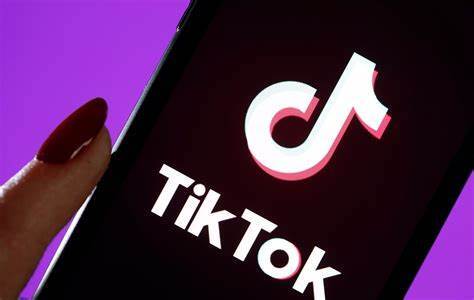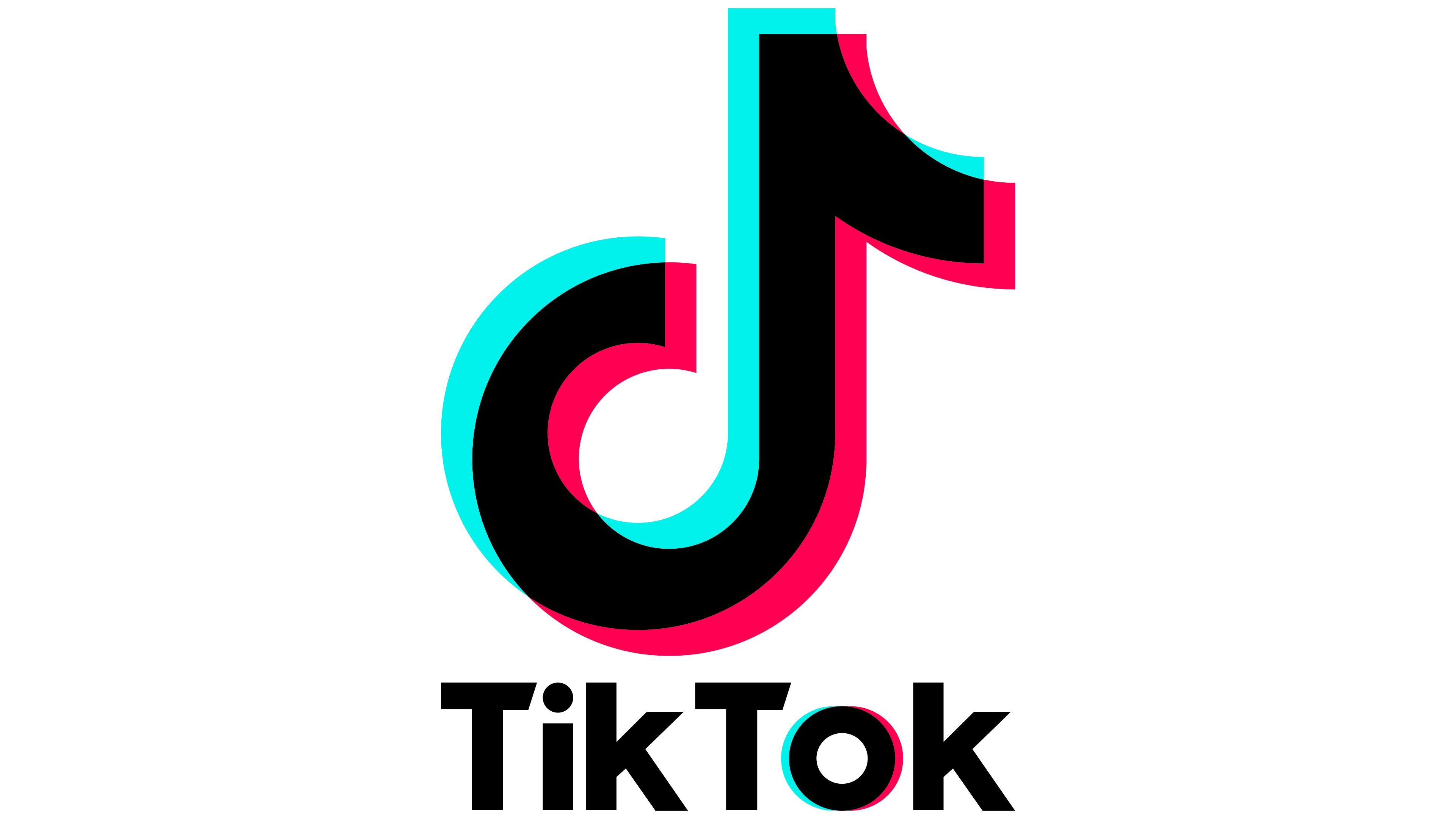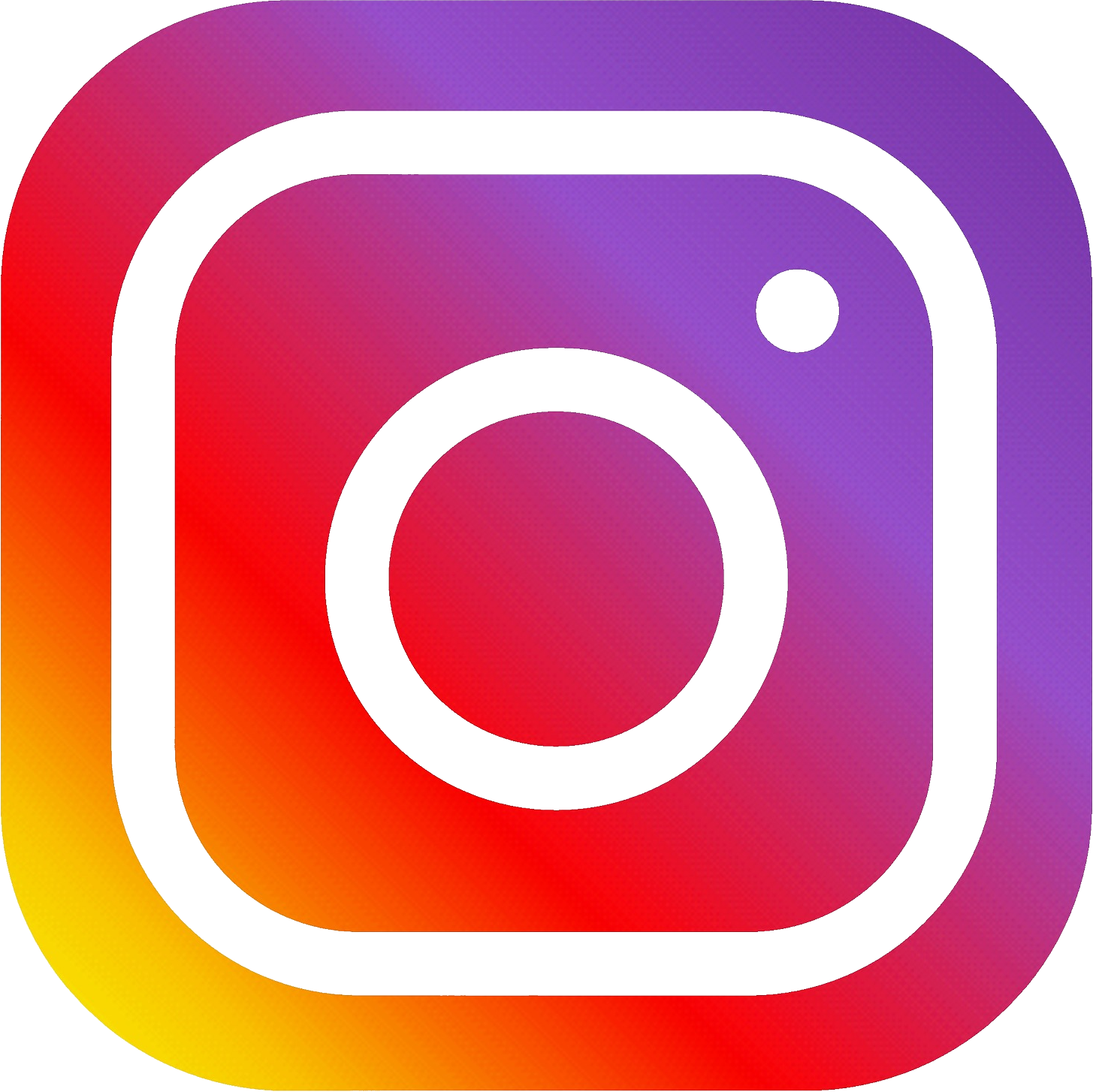TikTok Challenges Twitter: Introduces Text-Only Posts to Rival Elon Musk’s Tweets

TikTok Challenges Twitter: Introduces Text-Only Posts to Rival Elon Musk’s Tweets
TikTok has announced the introduction of text-only posts, a move aimed at catering to users who may be seeking alternatives to Twitter. By offering this new feature, TikTok is looking to capitalize on the potential market of users who prefer text-based content and want a different way to share their thoughts and engage with others on the platform. This strategic decision reflects the ongoing competition among tech companies to attract and retain users by diversifying their offerings and providing unique features to cater to various preferences in the social media landscape.
On Monday, TikTok, the video sharing platform, announced introducing a new feature that will enable users to create “text-based content.” The company referred to this move as “expanding the boundaries of content creation for everyone on TikTok” and stated that it aims to provide a dedicated space for the written creativity that has been observed in comments, captions, and videos on the platform. With this update, TikTok seeks to offer users a unique way to express themselves through written content and further enhance the creative possibilities within the app.
In addition to allowing users to create text-based content, TikTok’s new feature will enable them to add colored backgrounds and stickers to their posts. The posts will have a limit of 1,000 words. This new feature has been compared to Instagram, where similar text posts can be made, and users can comment on them rather than engaging in a conversation. With these additional customization options, TikTok aims to provide users with a more visually appealing and expressive way to share written content and encourage more interactions on the platform through comments and engagement with the posts.

According to a report by TechCrunch, the introduction of TikTok’s text-based content feature is seen as a strategic move aimed at competing with Twitter (now known as X) and Meta’s Threads. This new feature allows TikTok to tap into the demand for alternative ways of sharing content, particularly in the text-based format, which could attract users who are seeking different forms of expression and engagement on social media platforms.
Regarding Twitter, Elon Musk’s recent rebranding of the company to “X” has been viewed as an “extremely risky” move by commentators. This bold decision to rename and rebrand one of the most recognizable social media platforms indicates Musk’s vision to transform Twitter into something more expansive and multi-dimensional. However, such a drastic change also carries uncertainty and challenges, as it involves redefining the platform’s identity and possibly adapting to the evolving preferences of users in the highly competitive social media landscape.
As of the information available up to July, Twitter has been facing financial challenges, with a significant drop in its ad revenue by 50% due to advertisers withholding spending on the platform. This decline in revenue reflects the impact of various factors, including the changing advertising landscape and economic uncertainties.
Moreover, the upheaval caused by Elon Musk’s purchase of Twitter has been perceived as an opportunity by rival tech companies to attract some of Twitter’s user base and launch competing platforms. The perceived uncertainty surrounding Twitter’s future, coupled with the aggressive competition in the social media landscape, has prompted other companies to try and capitalize on the situation to expand their market share and appeal to users seeking alternatives.
According to Forbes, Threads, which is Instagram’s text-based app, garnered significant attention and excitement upon its launch earlier this month. The app was built on the existing base of Instagram users, and this initial advantage helped it attract 100 million sign-ups in less than five days after its release.
However, the report states that Threads has faced challenges in retaining active daily users. Since its launch, the number of active daily users has declined by 70%. This decline may indicate that the initial hype and curiosity around the app did not necessarily translate into sustained engagement and usage over time.
The reasons for the drop in active daily users could be multifaceted, including competition from other social media platforms, user preferences, and the nature of the content and features offered by Threads. Social media apps face intense competition in retaining and engaging users, and it remains to be seen how Threads evolves and adapts to retain a strong and active user base in the long run.
As of the information available, TikTok currently has just over a billion users, according to the company’s website. In comparison, Instagram, according to industry website Business of Apps, boasts a user base of 2.3 billion users. These figures highlight the substantial user base of both platforms, making them significant players in the social media landscape.

TikTok’s audience is known to be younger compared to Instagram’s user base. According to recent findings by the UK Communications watchdog, TikTok emerged as the top news source for 12 to 15-year-olds. This was followed by YouTube and Instagram. This indicates that TikTok has become a significant platform for younger users to consume news and stay updated on current events.
The preference for TikTok as a news source among this age group suggests that the platform’s short-form video format and content curation appeal to younger audiences for consuming information. It also underscores the importance of social media platforms in shaping how younger demographics access and engage with news and information.
TikTok has indeed faced criticism and scrutiny over its connections to China. Several governments, including Canada, the United States, the United Kingdom, and Australia, have raised concerns about data privacy and national security issues related to the app’s ties to China.
As a result of these concerns, some governments have taken measures to restrict TikTok’s usage on government-owned devices to mitigate potential risks. These restrictions aim to safeguard sensitive information from being accessed or shared through the app on government networks.

Recently, TikTok revealed that its China-based employees have access to some Australian user data, which has further raised questions about data privacy and security practices. This disclosure has prompted additional scrutiny from authorities and the public, as it involves sharing user data across international borders and potential implications for user privacy.
As the social media landscape evolves, data privacy and security issues remain crucial considerations for governments, companies, and users, highlighting the need for transparency and responsible data handling practices by tech platforms.




